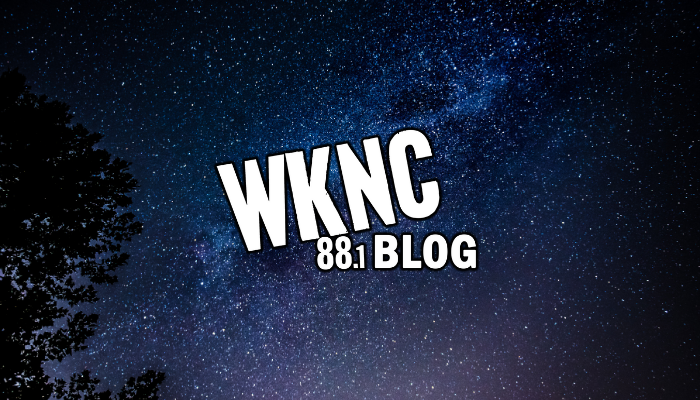Before you get the wrong idea reading this blog, I want to preface that I most definitely don’t think there will be a definite answer at the end of this post. I got the idea of writing this based on the concept of indie music and just how vast and diverse it is as a phenomenon.
As indie music has become increasingly popular, I wanted to research what has attracted a large following to this type of music. What makes it stand out from traditional music genres that are easy to pinpoint such as pop, hip hop, R&B, and jazz.
Historically, what we call indie or indie-rock music now emerged from an era in the late 1970s in the United Kingdom when post-punk, new wave, and alternative music was being released by UK record labels to go against the manufactured mainstream music at the time.
You might have heard of the band The Smiths who first came on the indie scene in the 1980s and now exemplify not only what indie music is on a musical basis, but on a cultural basis as well.
Starting off, Indie is not necessarily a genre although it has sort of developed into one just recently. Indie is short for independent and indie artists are just artists that self-produce their music and are not signed under a major label.
This ‘indie’ title starts getting harder to define once these indie artists and indie bands become famous enough to be signed under a major label. If they are signed by a label such as Capitol Records, the artists themselves are not ‘indie’ or independent anymore yet they still have that indie sound to them.
An example of a major label would be something like Universal Music Group (UMG) or Sony BMG that of course have subsidiaries of their own like Atlanta Records and Columbia Records, to which these more famous artists belong.
What stands out in a lot of work done by indie artists is their usage of a variety of instruments in their music and most of the time indie music is instrument heavy. If you look at more of the rock and alternative side of indie music the most prevalent instruments are the electric guitar, acoustic guitar, and drums. These instruments together create this “indie sound’ that has caused a ‘genre’ around this aspect to develop.
Of course, as I mentioned, indie is not really a genre in itself because the music could be new wave, jazz or punk, or pop too. However, a common theme I find about indie music is the strong sense of individuality you can experience in the work made by the artists. They strive to focus on a single emotion or experience instead of a full narrative.
Often when you listen to music by an indie band there is a distinct piece or component of their composition or lyrics that immediately lets you know it’s by band XYZ or by artist XYZ. Having control of their own music is what allows indie artists to put their identities into their music and take full creative control over what they produce compared to the more controlled music released by mainstream artists and record labels.
What started as a term to define independent artists has culminated not into a genre but a culture of its own. Music that actively rivals mainstream music and is best consumed in its raw form of instrumentals and chords.

